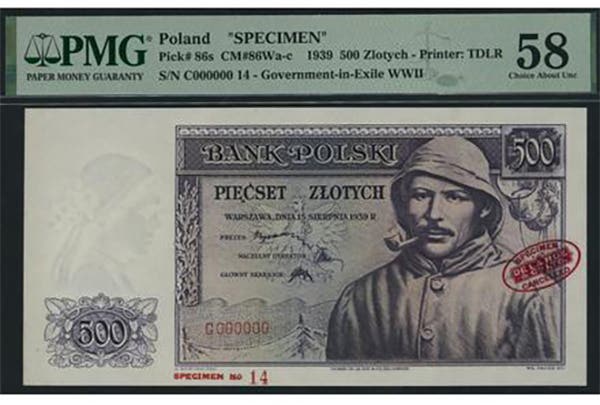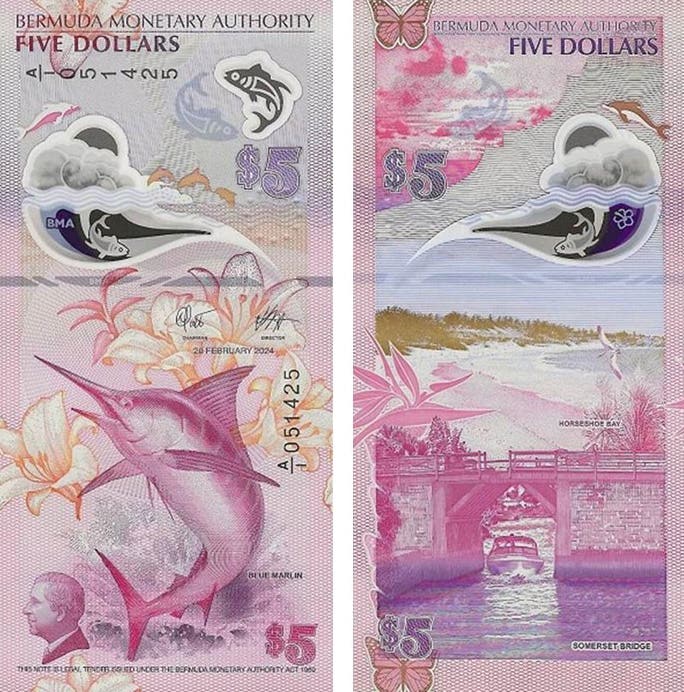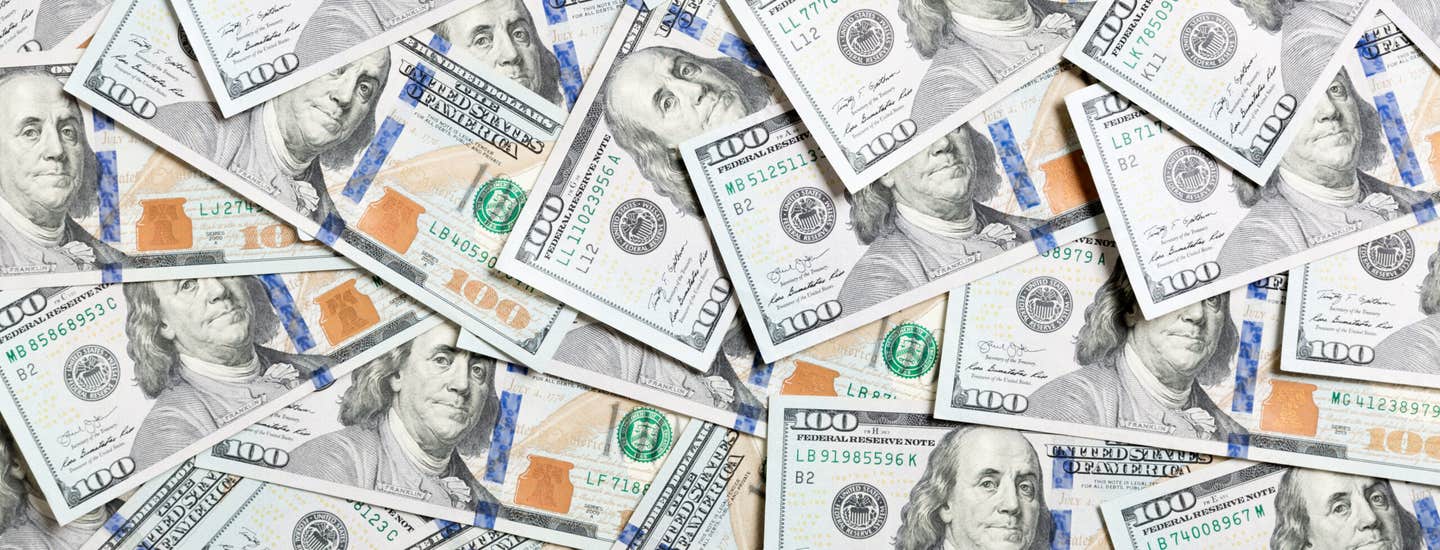The Exographic Corner
The idea of cutting a canal through the isthmus of Panama (or possibly Nicaragua) has been with us for a great many years. In fact, it goes back to the…
The idea of cutting a canal through the isthmus of Panama (or possibly Nicaragua) has been with us for a great many years. In fact, it goes back to the 1500’s, when Vasco da Gama crossed the narrow area and thought how useful such a passageway would be. But it was not until 1880, when under the leadership of Ferdinand-Marie Count de Lesseps ground was actually broken to start the project.
The bond you are looking at is dated 1880 and has the facsimile signature of de Lesseps as Le President-Directeur at lower center. He took on this project as he had gained great experience heading the recently developed and finished the successful building of the Suez Canal (1869).
It was belatedly realized that to build a sea-level canal was too difficult a project for the machinery and technical abilities of the time. Though the French tried valiantly to work through these problems, even to the point of issuing a second Panama bond (red, larger size) in 1888, it was later that year when all funding for this effort was pulled. A few years later, President Theodore Roosevelt stepped in and bought the entire French canal assets for the United States in 1902 at a cost of 40 million dollars.
The Panama Canal serves to connect the Atlantic and Pacific Oceans. As such it is one of the most significant achievements of modern society. The length of this passageway is 40 miles from one side to the other. It was completed in August of 1914. It is estimated that about 5,000 workers died during the years of construction, many stricken with yellow fever.
At first the United States took command of running the canal, but gradually allowed Panama to share those rights. By the end of 1999, all responsibility for the running of the canal fell under the aegis of the Panamanian government.








